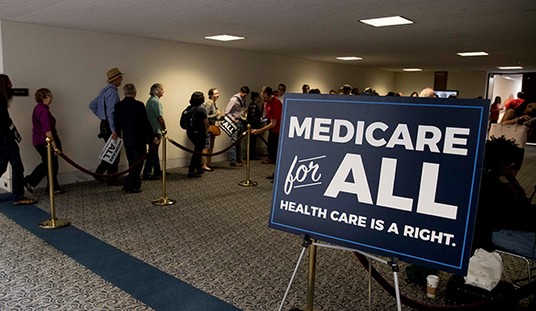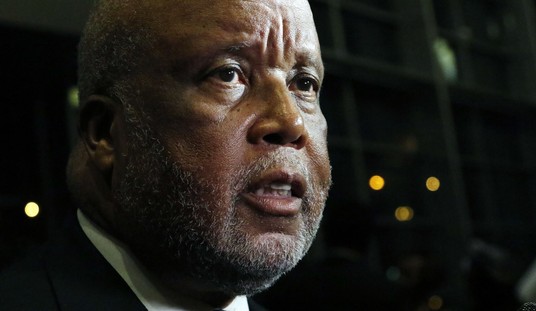Based on a voter-approved state constitutional amendment, legislation has been proposed to allow local school districts in Pennsylvania to shift their primary funding source from homeowner property taxes to a pool of money generated by an increase in the state income tax.
But it likely will have unrealized consequences that some taxpayers might not appreciate, concludes a new white paper by the Allegheny Institute for Public Policy.
And there’s little doubt that one piece of enabling legislation under consideration to effect the switch will require major modifications to avoid exacerbating the kind of gross inequities it supposedly is designed to fix, say Eric Montarti, research director, and Jake Haulk, president emeritus and senior advisor at the Pittsburgh think tank.
The electorate voted 54-46 percent last November to allow homestead exclusions of up to 100 percent of assessed value. That’s instead of the prior constitutional edict of flat dollar reductions of up to 50 percent of the median value of homesteads in all taxing jurisdictions.
The new methodology would eliminate school property taxes on homesteads in return for a 1.72 percentage point increase in the state levy on incomes, from 3.07 percent to 4.79 percent. That’s a 56 percent hike. Revenue garnered from the increase, which comes to 35.9 percent of all collections, would be remitted to participating school districts.
But that’s only if those districts agree to a 100 percent homestead reduction.
That said, tax shifting is not, on net, tax reduction. Should local school taxing jurisdictions opt for the 100 percent homestead exclusion, homeowners would see those taxes eliminated but offset to some degree by a higher impost on their incomes.
Recommended
And should districts not opt in, homeowners would see no reduction in their local school taxes while still paying the higher state income tax.
“Of course, shifting such a large tax burden to another tax source can lead to opposition from those who will see their payments increase,” say Montarti and Haulk (in Policy Brief Vol. 18, No. 35).
To wit, residential renters, whose payments cover all or part of the taxes on the property they occupy, would pay the higher income tax rate but see no reduction in their rents. Businesses, including rental properties, will continue to be liable for school taxes.
Because homeowners also pay the personal income tax, any net savings or net increase in tax costs will depend on a respective household’s personal income tax and school tax payments.
That is, “homeowners living in high-value homes with low taxable income (possibly retirees with income primarily from pensions and Social Security) would benefit greatly,” the think tank scholars say. “High-income earners who have bought or remained in homes that are valued well below what they can afford could well be losers.”
Additionally, all future school district property tax hikes would fall on non-homestead property. Other district-levied taxes – think the earned-income tax – would remain in place. Reassessments resulting in higher values could increase the amount of money districts could draw from the state income tax pool. But should values fall, so, too, could income-tax funding.
And how will the state’s recently adopted student-weighted funding formula and the way gambling money is remitted for homestead exemptions be affected? That remains to be seen.
It’s also likely that most Pennsylvania school districts will continue to face rising costs from salaries, benefits and pensions that escalate because of union contracts, some settled by the threat of a strike or an actual strike, and other fiscal pressures.
That could lead to school districts asking the Legislature to boost the personal income tax rate to raise adequate revenue to replace homestead property taxes that can no longer increase.
Which would lead to another unrealized consequence – income tax payers already digging deep into their pockets to subsidize the homestead exemption being asked to dig even deeper.
“In light of all the problems this legislative plan creates, the homestead exclusion as currently proposed should undergo serious alterations in order to avoid creating greater inequities in tax burdens,” Montarti and Haulk caution.

























Join the conversation as a VIP Member